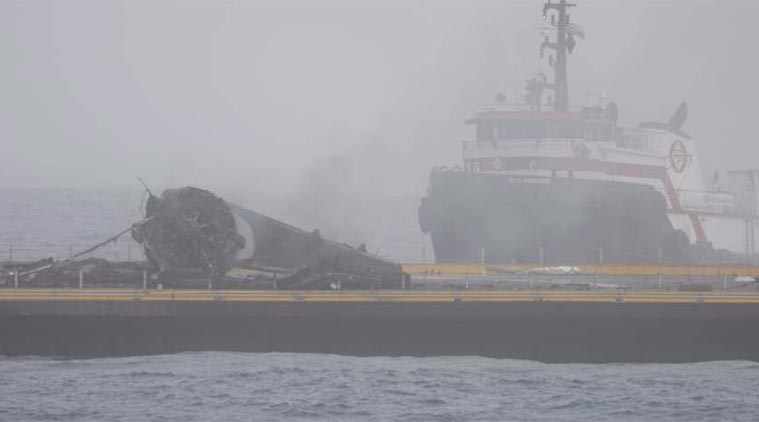

The rocket launched as planned at 10.42 am from Vandenberg Air Force Base, Northwest of Los Angeles, streaking through a cloud-filled sky before eventually sending its second stage and a Jason-3 satellite into orbit.

SpaceX founder Elon Musk said on Twitter that the rocket’s speed at touchdown was OK, “but a leg lockout didn’t latch, so it tipped over after landing.”
Two previous attempts to land a rocket on a barge in the Atlantic failed, but last month SpaceX succeeded in returning a rocket to a vertical landing at Cape Canaveral, Florida, after putting a cluster of satellites into orbit.
NASA said Jason-3 was “ready for science operations” after it reached orbit and had its solar arrays deployed. The satellite’s mission is to continue an unbroken record of more than two decades of sea level measurements from orbit. As the current El Nino in the eastern Pacific has strengthened, Jason-3 had been stuck on the ground.
Jason-3 will ultimately replace Jason-2, which has been in orbit since mid-2008 and has been tracking the current El Nino that experts say has tied the 1997-98 version as the strongest recorded and is expected to last through the winter before weakening in spring.
No comments:
Post a Comment